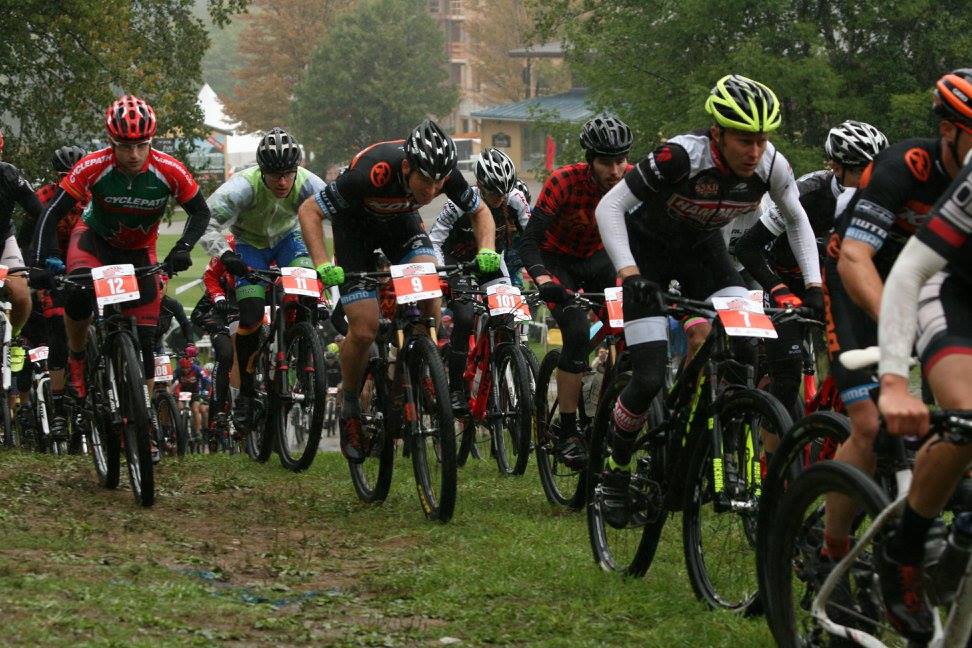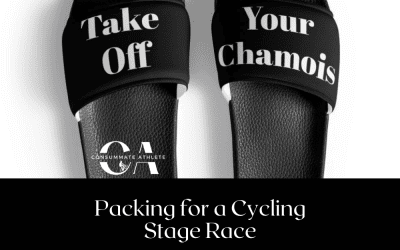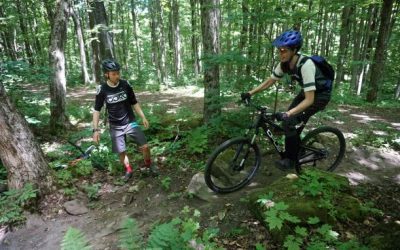Pacing for endurance events such as Leadville is a common stumbling block for many athletes. Getting it right can maximize the fitness that you have, while getting it wrong can lead to a result that doesn’t reflect your true abilities. I like to think about pacing for these events as if I am a car. This helps me understand where tactics like ‘filling up’ in the feed-zone, keeping the ‘gas pedal’ steady and being aerodynamic can help improve my speed and efficiency.
Training
The first area to consider is your training. Your previous workouts should be building confidence in distances and durations similar to your goal event. For our car analogy this is all the driving we have done before to learn the intricacies of our car–How it responds in the mountains, how it sounds when it is working to hard, how far we can get on certain fuel. For an event like Leadville, I’ll often have clients ride long tempo intervals at 80 to 85 percent of max heart rate and/or the related power zones and/or at an 7/10 effort to get used to the pace that would ideally be used in the event. This intensity is key to know for places we could pedal harder–the flats and the downhills. Having workouts that let us practice riding ‘aero’, riding in packs, and descending quickly help us save energy to use in places we have to pedal.
Use Technique to Improve Pace
I find it comforting to remind clients (and myself) that we don’t have to pedal for the full race time. With thousands of feet of climbing we will also have thousands of feet of descending. One way to pace to a better time is to simply ride better technically down the hills, or having ideal aerodynamic position to improve “gas mileage.” Back to our analogy of the little car with limited gas mileage–we can save energy but gain time if we can be smooth on downhills, corners and flats to coast as much as possible to conserve gas, while maintaining or improving our goal pace.
Feeling
While heart rate and power offer attractive and seemingly simple pacing guides, it is important to develop a feel for your sustainable pace. Again, this is something we should be learning in training, but generally in endurance events, avoiding sprinting or extended efforts that cause labored breathing in the first half to three-quarters of the race will allow you to finish on pace, or hopefully with a negative split in the last miles of the event. Don’t forget: the first ten minutes of the race shouldn’t be your best ten minutes of the race, there is lots of clear road in the last 90 miles of most events!
Plan Your Times
Another tactic not used as frequently in cycling is split times. As an example, in Leadville, having a split for when you’ll get to the turn at Columbine, for example, getting there within 5.5 hours, will give you a good buffer to make a sub 12 hour time. Some people prefer many split times during the course but I find a few notable landmarks help to give us practical feedback. Some riders will combine physical splits with average speed–knowing the average speed needed to hit your goal finish time can provide a good motivator in the last quarter of the event.
Plan Your Food
An often overlooked contributor to pacing is fueling. If we fail to fuel optimally, this will obviously affect our ability to sustain a pace, even if that pace was within our fitness capacity. Training with your fueling strategy and sticking to your fueling strategy (unless it’s obviously not working) is generally the best course of action. Typically, I see athletes using 250 kilocalories per hour and somewhere between 16-20 ounces of water. With events at altitude, the water consumption is often on the high end, so adding electrolytes is likely a wise decision.
Tough It Out
There are going to be very hard points in any race. Being able to stay positive and keep moving forward is essential. If you are over your ‘limits’ then it is worth assessing whether it will tactically put you ahead or end up leaving you low on gas in the last quarter of the race. When you’re beginning to breathe hard, feeling muscle tension, embrace it and consider what you’re going to do with that: are you going to make it up the steep hill, or make it to the back of the pack ahead of you. You have the ability to push harder then 85%, it is just a limited fuel and so must be saved for critical moments (I like to think about this like hitting the ‘NOS’ button in a Fast And the Furious Car–Don’t Hit it Too Soon!)
Keep a Bit in Reserve
When you’re planning your pacing strategy, don’t forget to account for a final push to the finish, especially at a race like Leadville. At Leadville, the most common mistake is not saving enough energy for the last part of the Power Line Climb after the steep wall and the infamous road climb around Turquoise Lake and surprisingly, the last four miles of false flat gravel.
Just like all of the other elements in our training prep, having a plan for pacing will help you avoid frustration or miscalculation during the race.
If you haven’t checked out my post about how to cut an hour off of your time at Leadville, you can find it here {LINK}.
Before you go, get subscribed for a twice-monthly set of tips, tricks + outdoor motivation!





